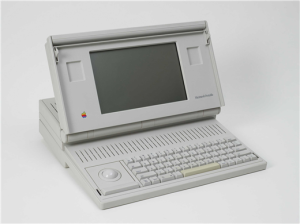Space Exploration
First Man-Made Object on Moon
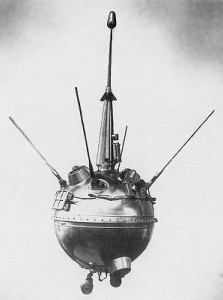
The Soviet space probe Luna 2 crashes onto the surface of the Moon, becoming the first man-made object to reach the Moon, as well as the first man-made object to reach any celestial body.
International Cometary Explorer Passes Through Comet
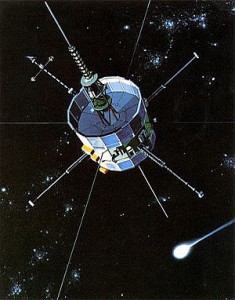
The International Cometary Explorer passes through the gas tail of comet P/Giacobini-Zinner, the first ever man-made object to pass through the tail of a comet.
“Google Satellite” GeoEye-1 Launched

After 5 months of delays, the high resolution earth observation satellite, GeoEye-1, is launched from Vandenburg Air Force Base. Owned by the corporation GeoEye, Inc., GeoEye-1 is capable of taking high resolution images with detail of down to 16 inches. However, the US Government has restricted that resolution for its own use. Commercial usage is limited to resolutions with detail down to 20 inches. As the exclusive licensee of the images for online mapping purposes, Google had its logo on the Delta II rocket that was used to launch GeoEye-1.
First Flyby of Saturn
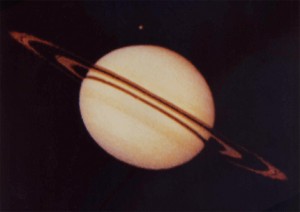
Pioneer 11 becomes the first man-made object to fly by Saturn.
Mars Observer Lost
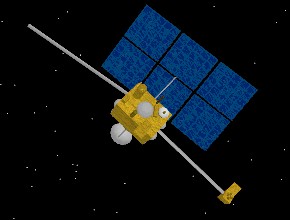
NASA loses contact with the Mars Observer spacecraft, three days before it was to enter into orbit around Mars. The reason for the loss of contact was never definitively determined, but the most probable cause was a rupture of a fuel tank.
First Communication Satellite Launched
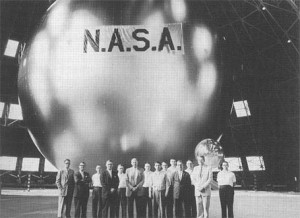
Echo 1, the world’s first communication satellite is launched. Technically, Echo 1 was a passive reflector, as communication signals were bounced off it rather than retransmitted as modern satellites do today.
First Lunar Orbiter Launched
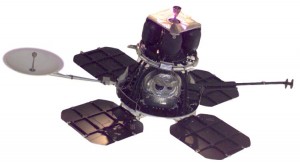
The first lunar orbiter, creatively named Lunar Orbiter I, is launched. Its primary mission is to photograph potential landing sites for future Apollo missions.
The First E-mail From Space
Astronauts aboard the Space Shuttle Atlantis, mission STS-43, use an Apple Macintosh Portable computer to send what is considered the first e-mail from space. Using the AppleLink online service, Atlantis astronauts Shannon Lucid and James C. Adamson sent the following message:
Hello Earth! Greetings from the STS-43 Crew. This is the first AppleLink from space. Having a GREAT time, wish you were here,…send cryo and RCS! Hasta la vista, baby,…we’ll be back!
The AppleLink software on the Macintosh was specially configured to connect to NASA’s communication system which allowed the Shuttle to interface with Apple’s proprietary network from space. The Macintosh Portable itself only had very minor modifications to operate in space.
NASA Launches Phoenix
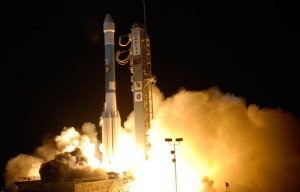
NASA launches the Mars Phoenix lander. Phoenix would become the first spacecraft to land on the Martian arctic surface. Its mission was to dig for ice and assess if the Martian arctic ever had conditions that could have supported life.
First Man to Drive on the Moon
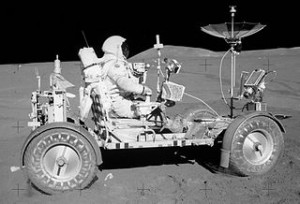
Using the battery-powered Lunar Roving Vehicle (LRV), Astronaut David Scott of the Apollo 15 mission becomes the first person to drive a vehicle on the Moon. The LRV was used during the last three missions to the Moon, Apollo 15, 16, and 17. The three LRVs used during the missions still remain on the surface of the moon.

